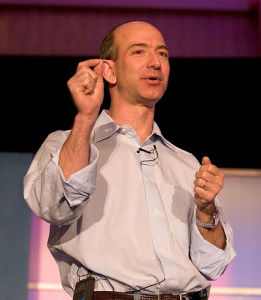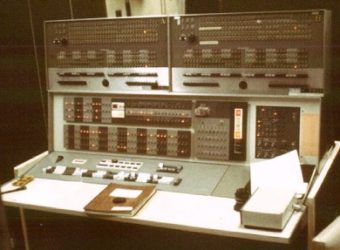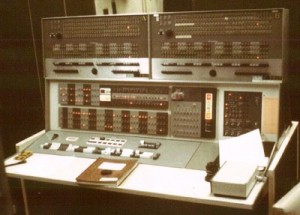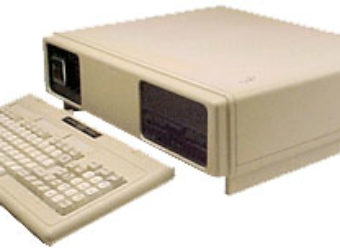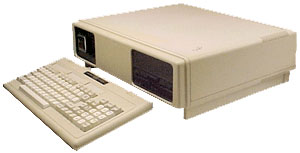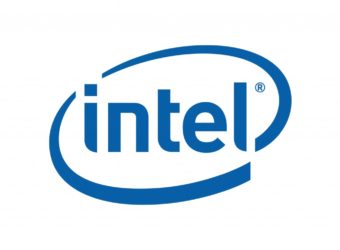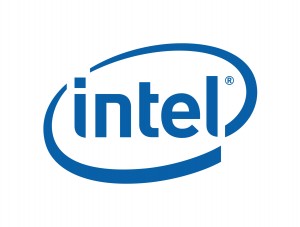December 4, 1985: Cray X-MP/48 Supercomputer
Subscribe! Spotify | RSS | More
1985 – The Cray X-mp/48 Supercomputer begins operation in San Diego Supercomputer Center in California. The $15 million dollar supercomputer could process 400 megaflops (200 per processor). It was a shared-memory parallel vector processor and supported 2 or 4 million 64-bit words of main memory in 16 or 32 banks.
The first Cray didn’t get installed until October 1986.
Cray X-MP/48 replaced the Cray-1. It was succeeded by the Cray Y-MP8/864 in 1990.
Movies such as “the Last Starfighter” were rendered using the Cray Supercomputer.
Subscribe to Day In Tech History:
RSS Feed - iTunes - Android - Spotify - iHeartRadio
Facebook -
- RSS Bandwidth by Cachefly Get a 14 Day Trial
- Join me on Patreon and support Day in Tech History
- OS/2 Standard 1.0 ships
- The EV1 – GM‘s General Market Electric car
- WordPress 2.7 is released
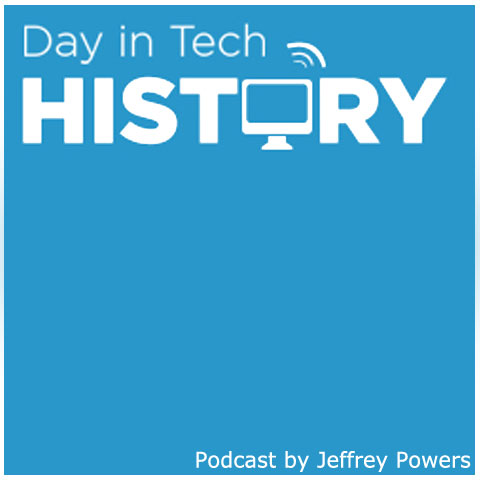
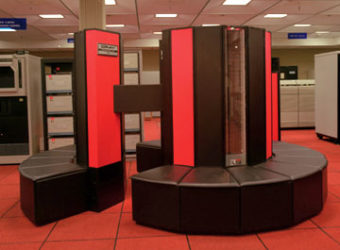

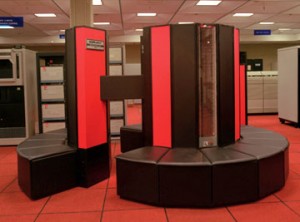

![IBM[1] IBM](https://dayintechhistory.com/wp-content/uploads/2012/09/IBM1-340x250.jpg)
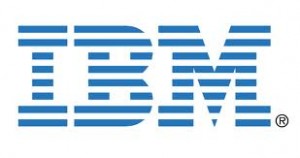


![6629275_c179a0dc20_z[1] Jeff Bezos](https://dayintechhistory.com/wp-content/uploads/2019/11/6629275_c179a0dc20_z1-340x250.jpg)
